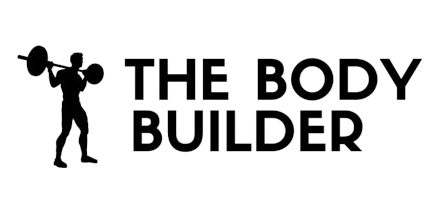Weighted pull-up
Benefits Of This Exercise
- Weighted pull-ups are an effective way to increase strength, muscle mass, and overall performance.
- It is a great choice for athletes, bodybuilders, and fitness enthusiasts as it allows you to add extra weight to your body.
- This exercise helps build strength and muscle in the lats (latissimus dorsi), biceps, upper back, core, and grip.
- It can be used to train pull-ups in lower strength-focused rep ranges (e.g., sets of 3-5 reps).
- Heavy, low-rep sets activate different types of muscle fibers, leading to potential muscle and strength gains.
- Doing weighted pull-ups also helps to improve your body control and balance, especially when using a kettlebell over your foot.
Step by Step Instructions For Weighted pull-up
- Attach a weight to a dip belt and secure it around your waist.
- Grab the pull-up bar with the palms of your hands facing forward. For a medium grip, your hands should be spaced at shoulder width. Both arms should be extended in front of you holding the bar at the chosen grip.
- Bring your torso back about 30 degrees while creating a curvature in your lower back and sticking your chest out. This will be your starting position.
- Exhale and pull your torso up until your head is above your hands. Concentrate on squeezing your shoulder blades back and down as you reach the top contracted position.
- After a brief moment at the top contracted position, inhale and slowly lower your torso back to the starting position with your arms extended and your lats fully stretched.
Warm Up Tips
- Attach a weight to a dip belt and secure it around your waist.
- Grab the pull-up bar with the palms of your hands facing forward. For a medium grip, your hands should be spaced at shoulder width. Both arms should be extended in front of you holding the bar at the chosen grip.
- Bring your torso back about 30 degrees while creating a curvature in your lower back and sticking your chest out. This will be your starting position.
- Exhale and pull your torso up until your head is above your hands. Concentrate on squeezing your shoulder blades back and down as you reach the top contracted position.
- After a brief moment at the top contracted position, inhale and slowly lower your torso back to the starting position with your arms extended and your lats fully stretched.
The weighted pull-up is an advanced version of the pull-up exercise that allows you to add extra weight to your body. There are several ways you can do this, such as using a dip belt, weighted vest, chains, a dumbbell placed between your feet or legs, or looping a kettlebell over your foot. Doing weighted pull-ups will help you build strength and muscle in your upper back, biceps, and core. It is a great way to take your pull-up routine to the next level and challenge your body.
Weighted pull-ups are a popular choice
Weighted pull-up Safety Tips
- Warm up properly before attempting weighted pull-ups to prevent injury and prepare your muscles for the exercise.
- Ensure that the weight you attach to your body is secure and won’t come loose during the exercise.
- Maintain proper form throughout the exercise by keeping your back slightly curved and your chest out.
- Engage your shoulder blades by squeezing them back and down as you pull your torso up.
- Exhale as you pull your torso up and inhale as you lower yourself back down.
- Start with a weight that you can handle comfortably and gradually increase the weight as you get stronger.
- Listen to your body and don’t push yourself too hard. If you experience pain or discomfort, stop the exercise and seek medical advice if necessary.
- Focus on quality over quantity. It’s better to perform fewer reps with proper form than to rush through the exercise with poor form.
- Include rest days in your workout routine to allow your muscles to recover and prevent overtraining.
- If you’re new to weighted pull-ups, consider seeking guidance from a qualified trainer to ensure proper technique and minimize the risk of injury.

